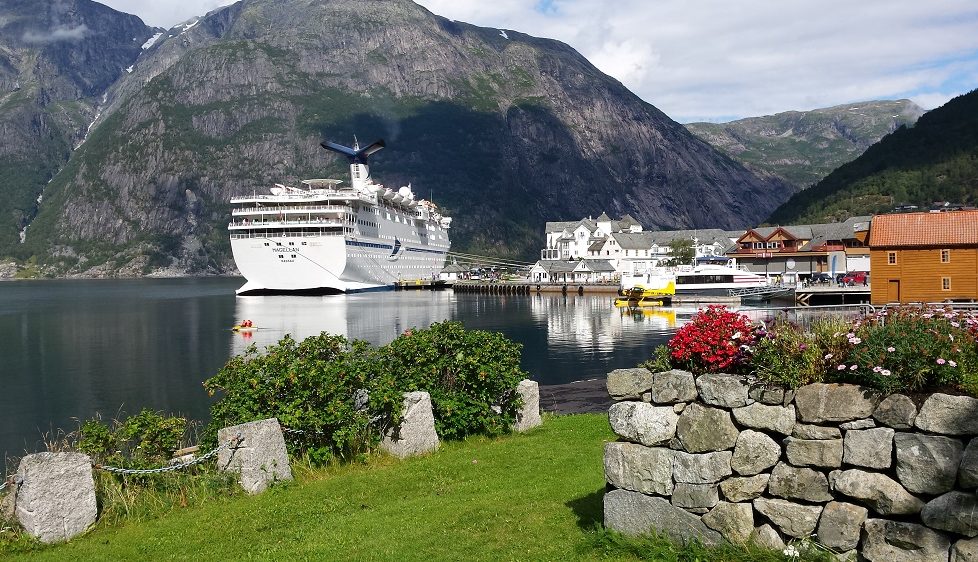
Travelling the seven seas on a floating hotel, hopping from exotic port to port without the hassle of taking on the journey yourself – it’s no wonder cruising is such a popular way to travel.
It’s estimated that over 27 million people took a cruise in 2018 – an industry that creates around 1 million jobs and that has seen a growth in demand of over 20% in the last five years alone.
But the notion of travelling by ship for leisure took a long time to reach the peak it’s at today.
In 1839, Samuel Cunard was given the first trans-Atlantic steamship mail contract, while the Peninsular & Oriental Steam Navigation Company, which would eventually become P&O, began a similar service between England and the Iberian Peninsula.
It would be P&O who would be the first to advertise places on their ships for leisure travel. In 1844, they offered tours to Mediterranean destinations from Gibraltar to Malta.
World War
In 1904 P&O had outfitted the ship Vectis purely for cruising passengers – but entirely first class. For a few years, it would become a form of holiday only for the elite, but the outbreak of World War I would put paid to the fledgling business.
Ships were requisitioned to help in the war effort, carrying troops and goods between countries. No more liners were produced as all energies went into the war. And, despite a brief attempt to resurrect cruising in between the wars – including the first advertised round-the-world trip – World War II came along only too soon and saw the ships take an active role once again.
The Laconia, the Queen Mary and the Aquitania were amongst the many that would see service, and some be destroyed before peace in 1945.
Into the Fifties
With rationing in effect and the world still feeling the effects of the war into the 1950s, holidays would stay largely domestic for many. It was in this time that the Butlins resorts would become popular, and caravanning and camping would take off as national past-times.
Towards the end of the decade, commercial aviation began to grow in popularity, and within a few years the cruise industry would find its footing once again. Steadily growing in numbers through the 1960s and 1970s, passenger numbers would soon take off thanks to the success of the American television show, “The Love Boat”.
The “Love Boat”
The show introduced the notion of cruising to a new audience. Before nine successful seasons of “The Love Boat”, in 1970, around 500,000 people went on cruises per year, a figure nearer 30 million today. It would change the public’s opinion of cruising as a holiday only for the affluent. The bump in demand encouraged more companies to start cruising, including the arrival of entertainment giant Disney to the scene in 1998, and with that the cost began to come down.
Cruise ships have changed enormously now to cope with that growth. The real ship the show was filmed on, the Pacific Princess, carried 640 people with just one large dining hall. Royal Caribbean’s Symphony of the Seas, currently the world’s largest, carries over ten times that number at 6,680.
So if you haven’t succumbed to the notion of having the sea wind in your hair or waking up in a new place every day yet, there’s never been a better time to try it!
The DC Thomson Cruise
For a while, DC Thomson had their own shipping line, begun by William Thomson in the mid-19th century. Now the company has teamed up with Cruise & Maritime Voyages to offer a fabulous trip to Norway and the Scottish Isles aboard the Magellan, departing from Dundee. Until December 9, you can enjoy up to 40% off your tickets. Visit our travel website or call 01224 338000.




